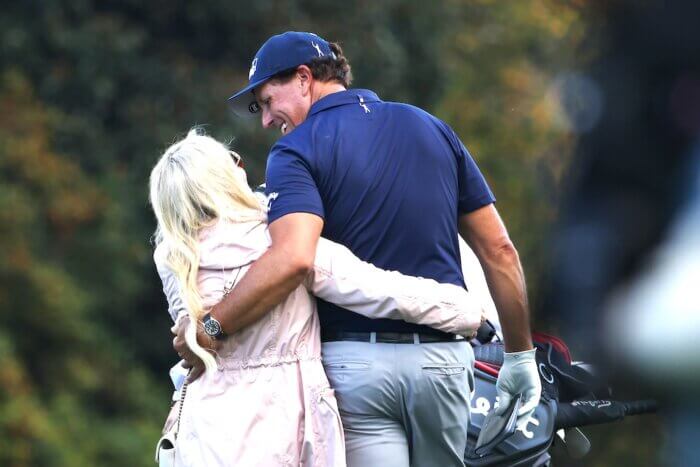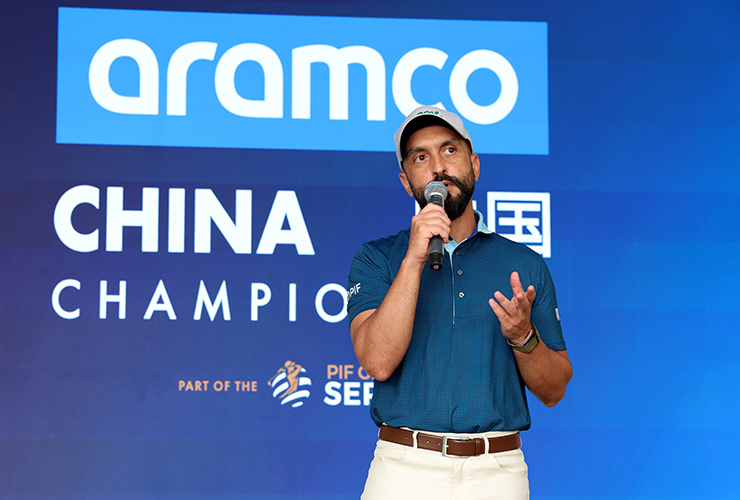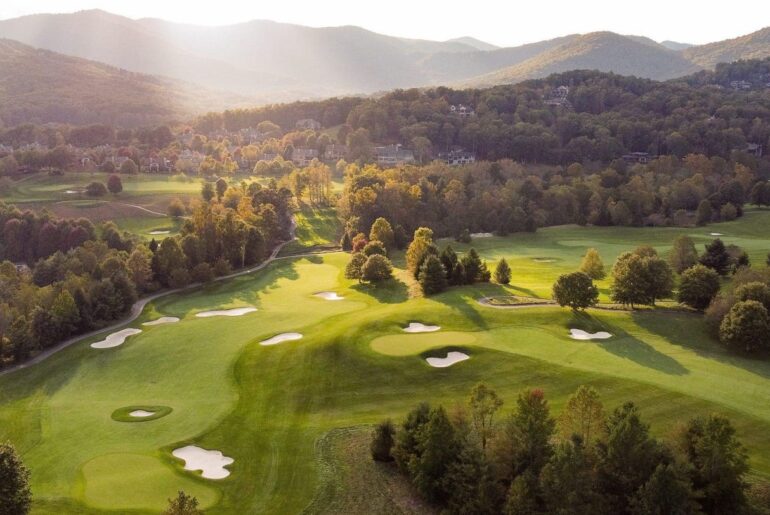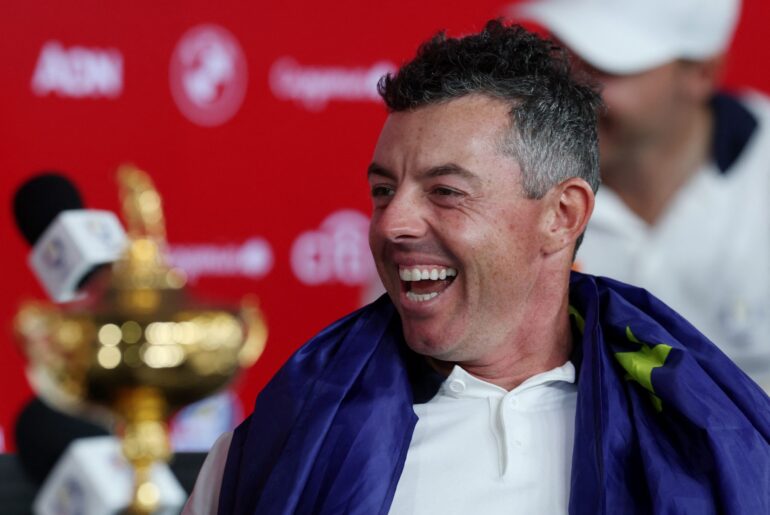It was five years ago this week that the November Masters was played at Augusta National, creating an extended moment that still glows like an autumn campfire in the night, crackling against the season’s encroaching chill.
Some may call it the COVID Masters because it was the pandemic that disrupted the cadence of professional golf the way it disrupted virtually everything else in the world but calling it the November Masters fits better, giving it more of a warm and cozy feeling.
The azalea blooms were replaced by autumn leaves. The sun, which set early by Masters standards, shone from a different angle. Instead of Easter, it was nearly Thanksgiving.
It was a Masters unlike any other.
Concessions were free. Visitors wore green Masters masks. Members walked the property in pullovers rather than their green jackets.
There were no roars, no patrons, no grandstands.
And, pandemic or not, there were no phones allowed on the golf course, though a few daring souls were seen scrolling or texting on the property that week.

Asked what it felt like to play the Masters in relative solitude, Kevin Kisner said, “It feels like you’re out here preparing for a Masters, not really playing in a Masters.”
It was strange, almost awkward and, especially if you were among the handful of people on site that week, it was unforgettable.
The city of Augusta felt empty. Hotel rooms near the golf course were available for less than $150 per night. Restaurants were open but reservations weren’t required.
When the world stopped in early 2020, so did professional golf. Eventually, it came back to life that summer and, after hours of conversations, the PGA Championship was moved to early August, the U.S. Open shifted to September, the 2020 Open Championship was cancelled and the Masters moved to November
“There was really just a great coming together of those organizations to talk about what the possibilities were. There certainly was not only collaboration, but there was a lot of give and take and compromises,” Augusta National chairman Fred Ridley said that week.
“Any time you have a tough issue, compromise is the way you get to a resolution, but I think what was really heartening about the whole thing is that the organizations really worked together in the best interests of the sport. I think we came up with a pretty good result.”
The few people allowed on site – mostly members, the players and their families, and a limited number of media – had what felt like their own private Masters after passing a COVID test.
Though the worst of the COVID crisis had subsided, the effects were still being felt. The week before the Masters, Joaquin Niemann withdrew after testing positive and, just prior to the start of the tournament, Sergio García tested positive and pulled out.
That same November week, the Alabama-LSU and Texas A&M-Tennessee college football games were cancelled but that didn’t keep ESPN’s popular Saturday morning kickoff show – “College GameDay” – from broadcasting from Augusta National’s par-3 course on the morning of the third round.
At a place so familiar to golf fans, so much of it felt unfamiliar.
The few people allowed on site – mostly members, the players and their families, and a limited number of media – had what felt like their own private Masters after passing a COVID test.
They watched play on the 15th green from the Sarazen Bridge. They could stand just a few steps to the side of the 12th tee, close enough to listen to player-caddie conversations. They had Amen Corner to themselves.
“When it comes to the atmosphere of the event, it’s still the Masters. It’s still the same course, the same beautiful place, classic scoreboard, the golf course itself. You miss it, but I feel like the essence is still there,” Jon Rahm said.
 Phil and Amy Mickelson walk the 2020 Masters together. Jamie Squire, Getty Images
Phil and Amy Mickelson walk the 2020 Masters together. Jamie Squire, Getty Images
And yet there were Phil and Amy Mickelson walking down the eighth fairway arm in arm – while he was playing the Masters.
As for the tournament itself, it had its own unique drama. Weather and the early sunsets caused both the first and second rounds to be spread over two days but by the time Sunday dawned, Dustin Johnson was four clear of the field on a soft course that lacked its usual defenses.
In the final round, defending champion Tiger Woods had an unforgettable second nine. He made a 10 at the par-3 12th hole, hitting three balls into the water for the highest score in his career on one hole. He responded with birdies on five of his last six holes.
Johnson, at the top of his game, rolled to a five-stroke victory over Sungjae Im and Cameron Smith, setting the tournament scoring record at 20-under par. It was his sixth finish of first or second in seven starts with a T6 at the U.S. Open his lowest finish in that run.
Smith became the first player in Masters history to shoot four rounds in the 60s but he was no match for Johnson, whose stoicism cracked during a socially distanced television interview after his victory.
“I’ve never had this much trouble gathering myself,” Johnson said, wiping away tears.
One more memorable moment in a Masters unlike any other.
Top: The 13th hole was in full fall color for the November Masters in 2020. Photo: Augusta National via Getty Images
© 2025 Global Golf Post LLC







